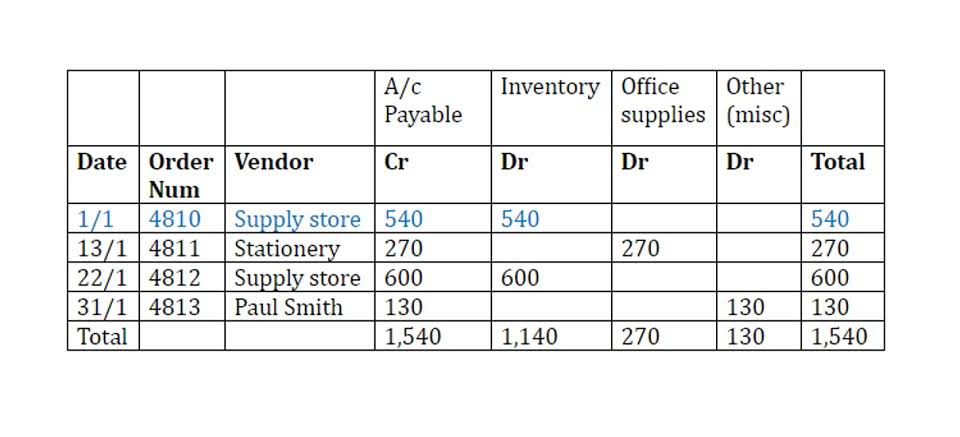
The net margin considers the net profits generated from all segments of a business, accounting for all costs and accounting items incurred, including taxes and depreciation. It comes as close as possible to summing up in a single figure how effectively gross margin accounting the managers are running a business. To find a company’s net margin, tally the cost of goods sold along with indirect operating expenses, interest expenses, and tax expenses. Combine all of these line items into a single metric called total expenses.
Understanding the Operating Margin
Finally, calculating your gross margin ratio on a regular basis can help you spot trends and alert you to any significant changes before they become major issues. The gross profit percentage formula is calculated by subtracting cost of goods sold from total revenues and dividing the difference by total revenues. Usually a gross profit calculator would rephrase this equation and simply divide the total GP dollar amount we used above by the total revenues. A low gross margin ratio does not necessarily indicate a poorly performing company. It is important to compare ratios between companies in the same industry rather than comparing them across industries.
Why Is Operating Margin Important?
My Accounting Course is a world-class educational resource developed by experts to simplify accounting, finance, & investment analysis topics, so students and professionals can learn and propel their careers. Shaun Conrad is a Certified Public Accountant and CPA exam expert with a passion for teaching. After almost a decade of experience in public accounting, he created MyAccountingCourse.com to help people learn accounting & finance, pass the CPA exam, and start their career.

Example of Corporate Margin Analysis
- It is expressed as a percentage and helps businesses understand how much money is left after covering the cost of goods sold (COGS).
- No matter what type of business you run, taking more time costs more money.
- To keep sales prices low, they must move jobs to lower-cost workers in Mexico, China, or other foreign countries.
- Boost your confidence and master accounting skills effortlessly with CFI’s expert-led courses!
- One important metric is the gross profit margin, which you can calculate by subtracting the cost of goods sold from a company’s revenue.
The gross profit margin compares gross profit to total revenue, reflecting the percentage of each revenue dollar that is retained as profit after paying for the cost of production. In real world practice, different industries operate at different gross margin ratios. The banking industry has a famously high gross profit margin (hovering around 99%) while the airline industry operates at notoriously low profit margins (roughly 6% in 2019). Investors and analysts typically use net margin to gauge how efficiently a company is managed and forecast future profitability based on management’s sales forecasts. However, high prices may reduce market share if fewer customers buy the product. This can be a delicate balancing act, requiring careful management to avoid losing customers while maintaining profitability.
- For instance, a pizzeria’s gross profit ratio compares the revenues from selling pizza to the direct costs that go into making that pizza (raw ingredients, labor, machinery).
- The net profit margin is equal to net profit (also known as net income) divided by total revenue, expressed as a percentage.
- Keep in mind that margins change drastically between industries and just become one industry has a lower average margin than another doesn’t mean that it is less profitable.
- This equation looks at the pure dollar amount of GP for the company, but many times it’s helpful to calculate the gross profit rate or margin as a percentage.
- The gross profit margin can be used by management on a per-unit or per-product basis to identify successful vs. unsuccessful product lines.
- The number has become an integral part of equity valuations in the primary market for initial public offerings (IPOs).
- Margin ratios have applications in valuation, credit analysis, and company performance.
Second, the company might have several one-off items that reduce the net income and negatively affect the margin of the company. In such cases, analysts normally add back the one-off charges and recalculate Adjusted Net Profit (Adjusted Net Profit Margin). We can compare Company X and Company Y on a net income basis, but that doesn’t tell us the entire story of their profitability.

Is the Contribution Margin Ratio a good measure of profitability?
Additional Resources
